One of the most popular dishes along the Ecuadorian coast is a fish stew called encebollado. It is tuna fish based, with tomatoes, onions, yuca and spices, garnished with pickled onions, and always served with a side of chifles (plantain chips). Though we would understand if the sound of fish stew does not immediately entice your appetite, we are here to share that encebollado is absolutely delicious. And no one makes it better than the mission home kitchen.
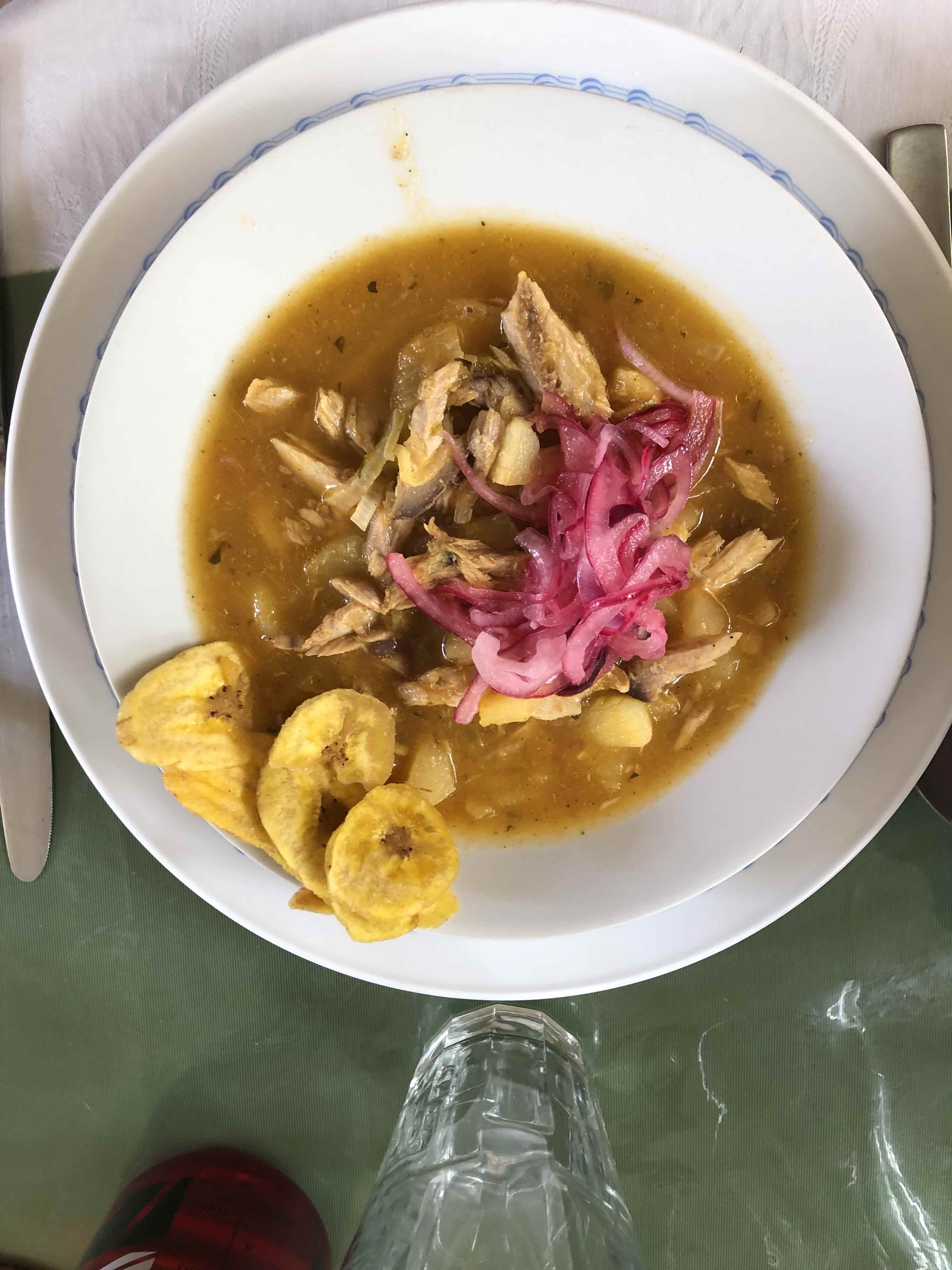
At the mission home, the children eat encebollado once a week. Cooking begins at 5am when the albacore tuna starts boiling. Yuca is peeled and chopped and placed in a separate pot of boiling water. Next all the vegetables are chopped, sautéed, and added to the yuca along with spices to form the base of the soup. Once the tuna has been cooked, it is a long process of deboning and separating the filets into small slices that finally get added to the base of the soup. Simultaneously, the plantains are peeled and cut into thin slices using a “mariquitera” or plantain slicer. They are then fried and sprinkled with salt to create the crispiest most delicious hot chip you have ever tried.
By about 12 noon all the food is ready and it is divided into portions based on the size of the various “houses” within the mission home. The “chicas”, or adolescent girls’ house, gets a large pot of soup, since they have over 25 people in their home. The “niños” or little boys, get a smaller but equally impressive amount given the 19 people in their home. And so it continues until each house has their portion. Designated children from each house arrive at the kitchen around 12:15 to retrieve the food for their group. The children eat in their respective homes with the missionaries overseeing them. After all the children have eaten, the missionaries take turns eating their own lunch. As we say in Ecuador when food is served, buen provecho!
A photo catalogue of cooking encebollado at the mission home:
1. Peel and chop yuca. Chop all veggies. Boil tuna, yuca, and sautéed vegetables.

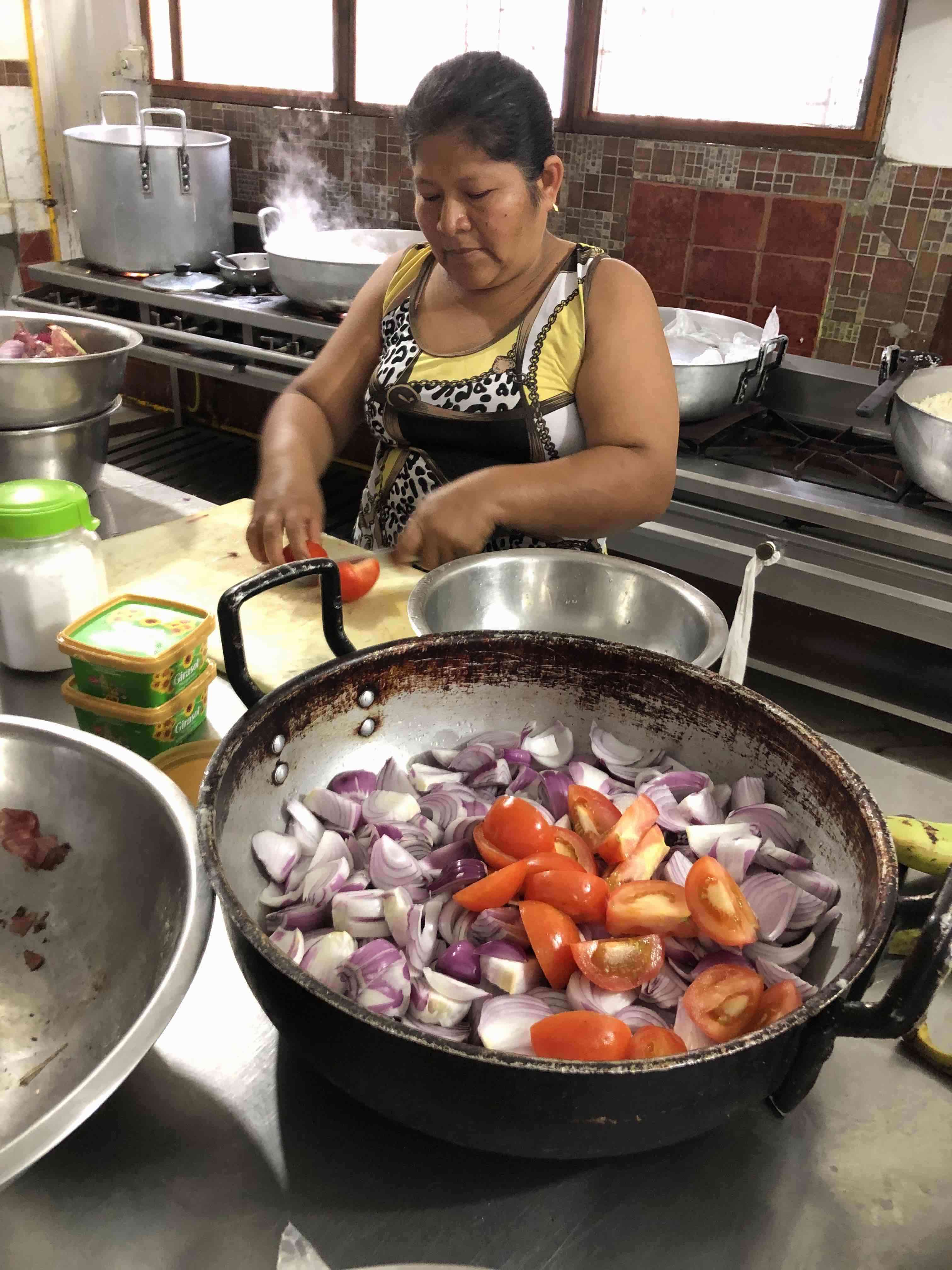
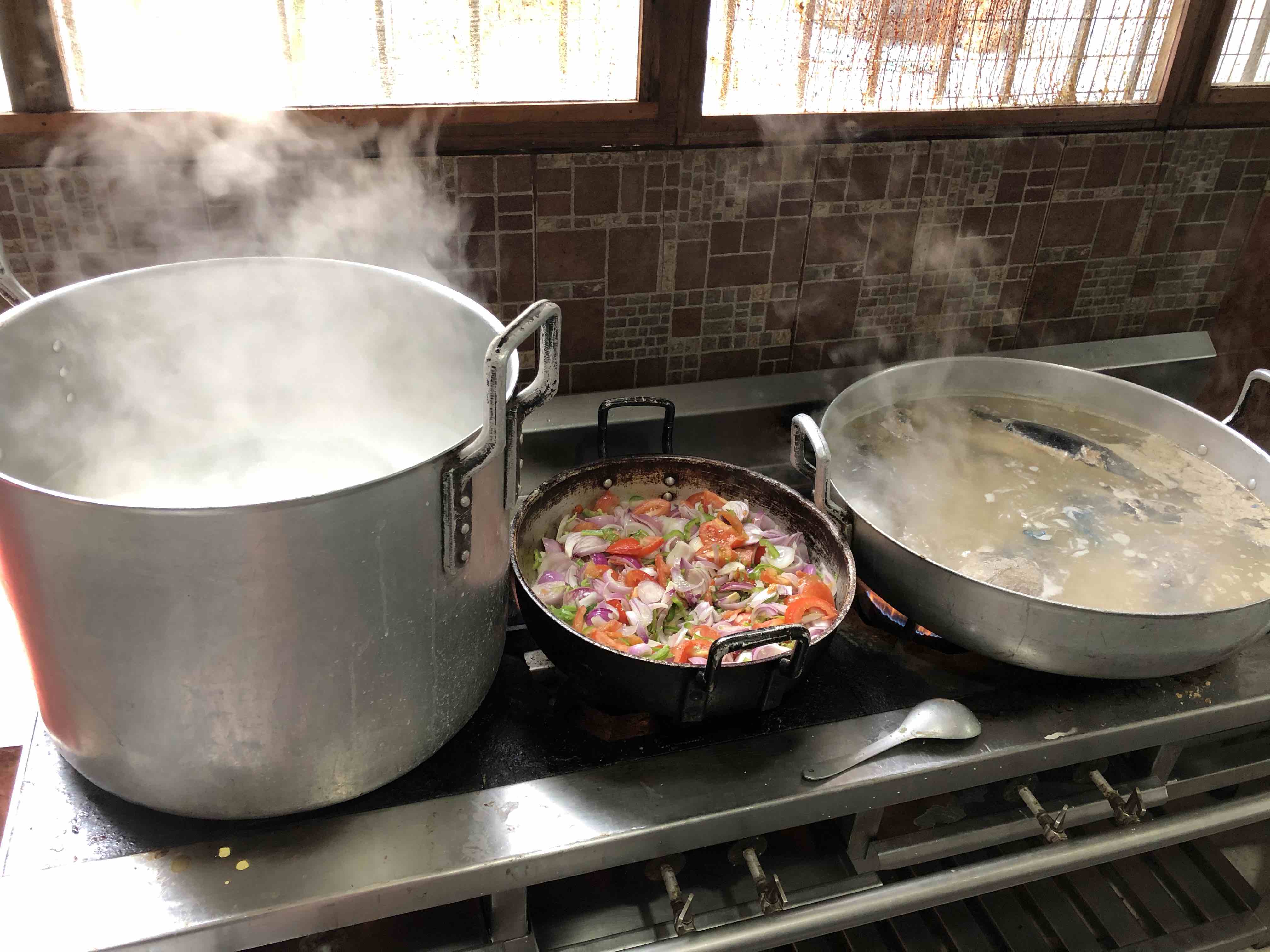
2. Add vegetables and spices to boiling yuca to form base of soup
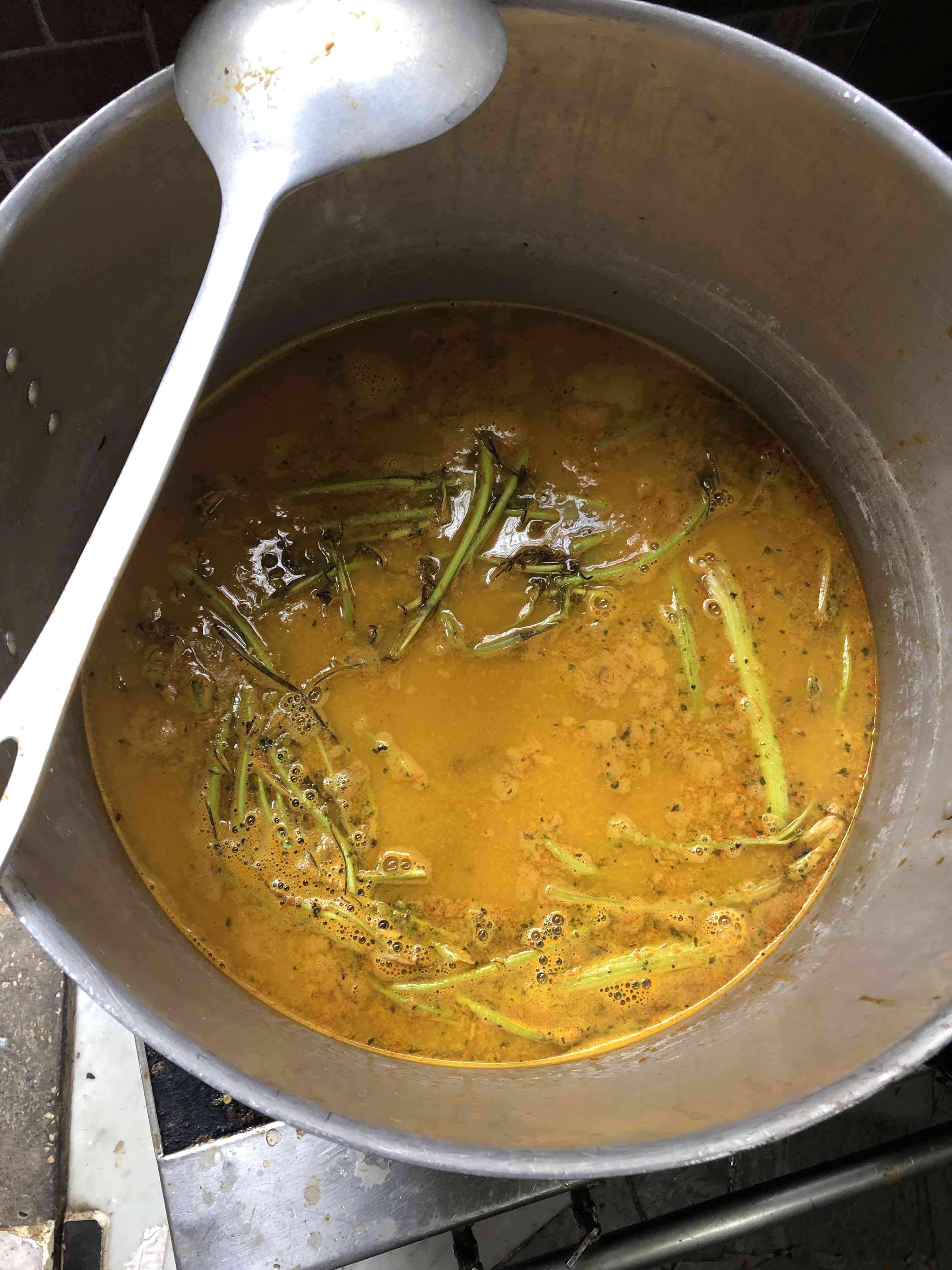
3. Debone and separate tuna meat.
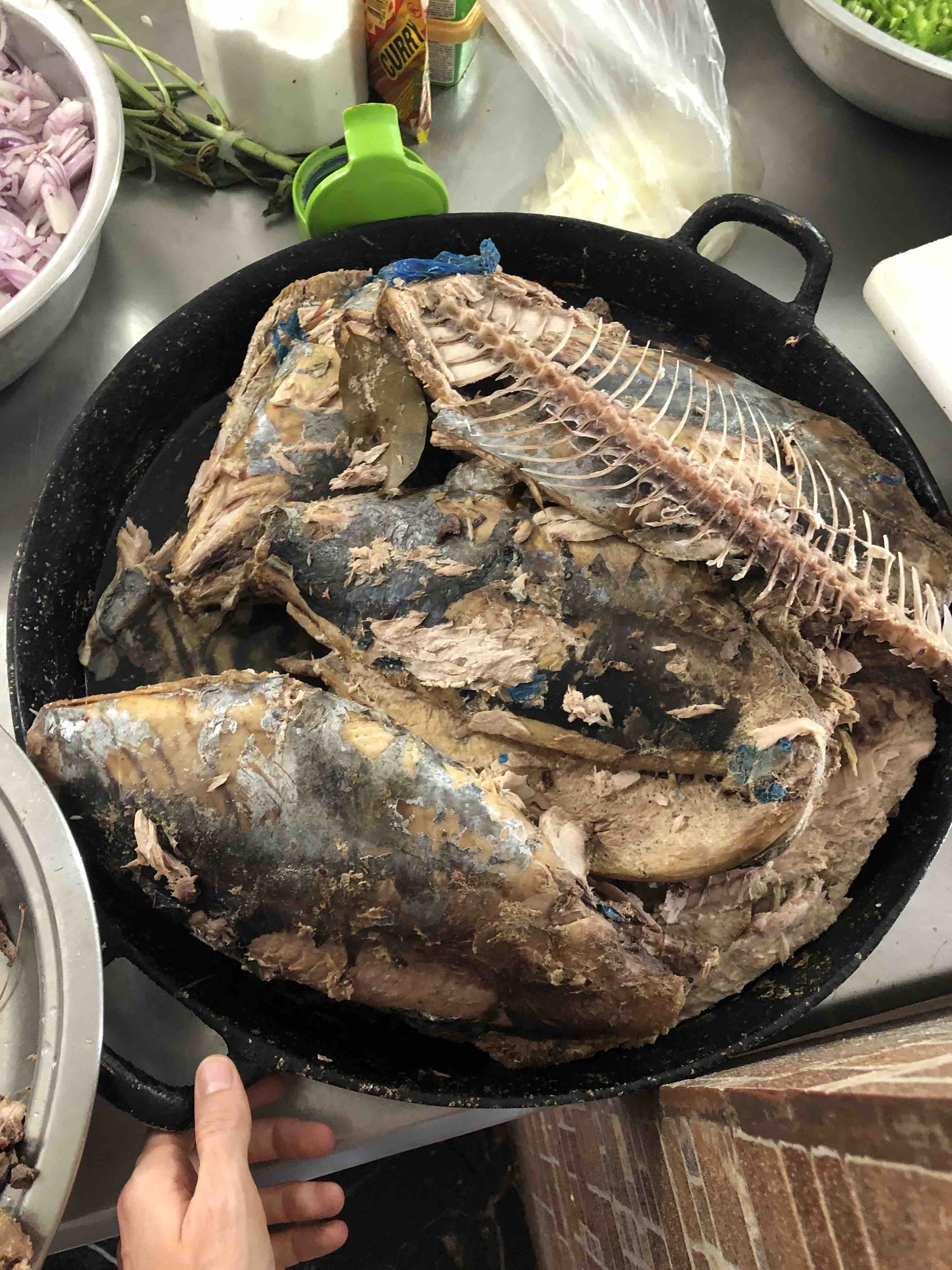
4. Add tuna to soup base to form encebollado
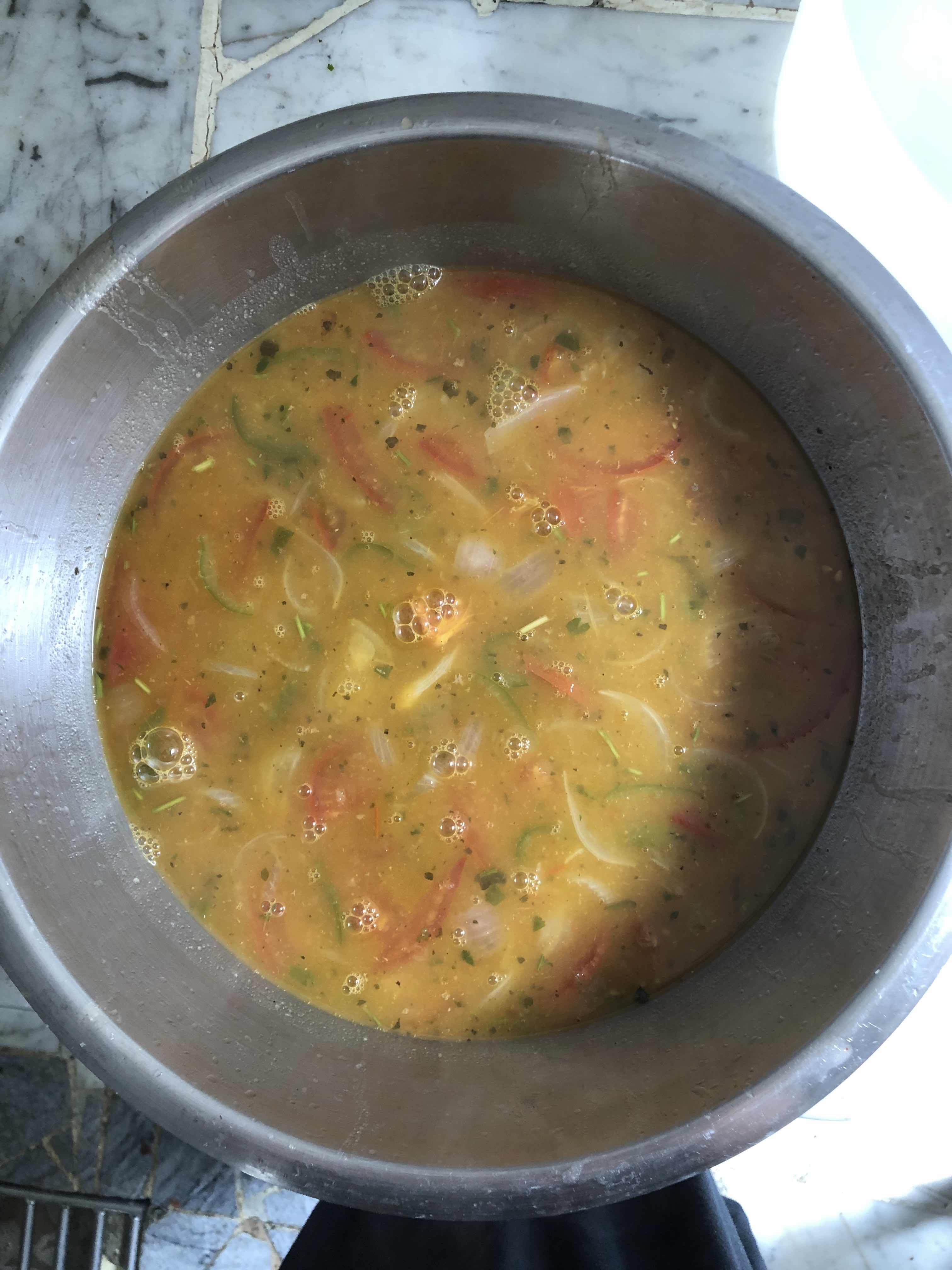
5. Divide into smaller portions for serving
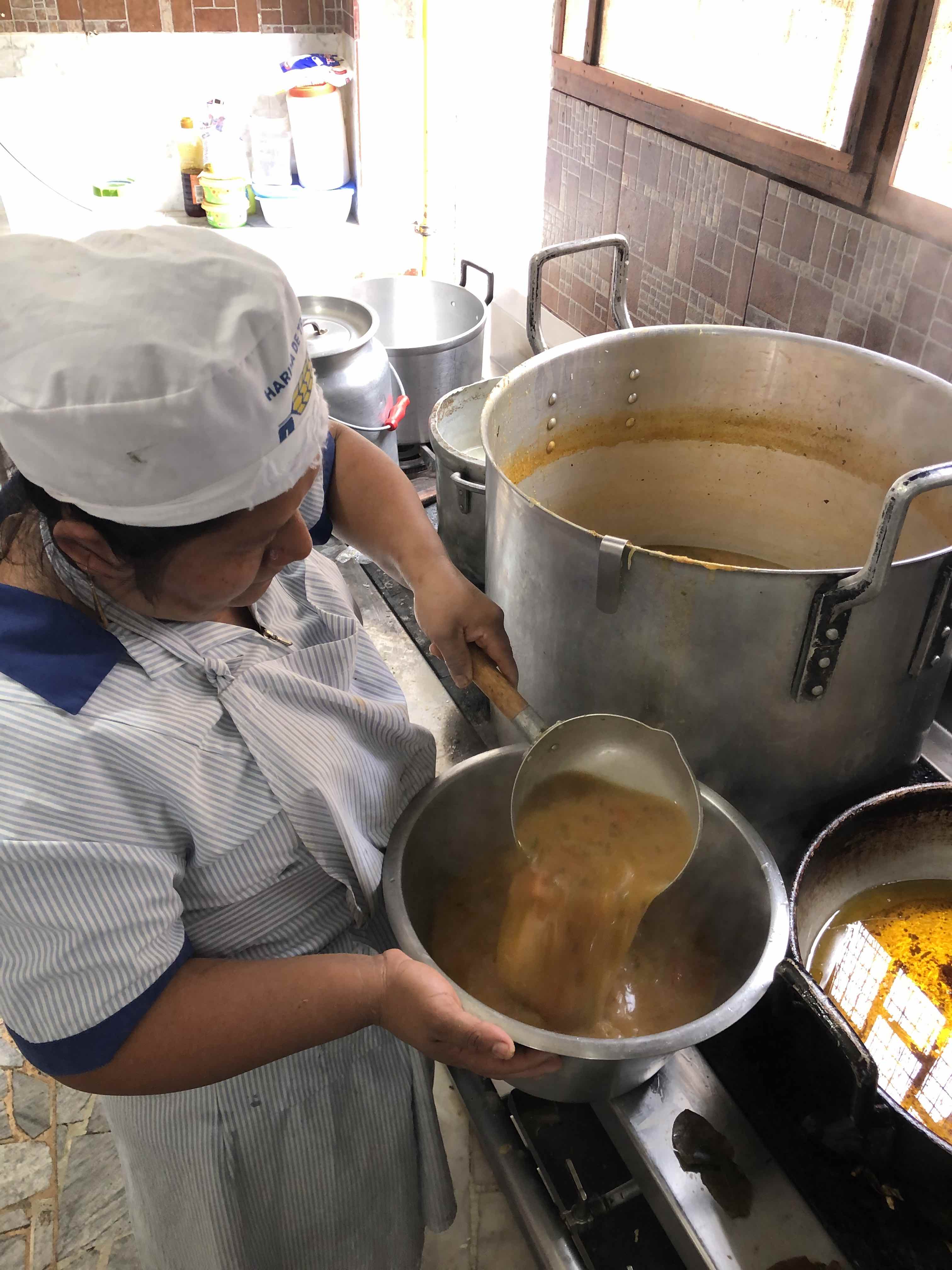
6. Peel and cut plaintains using a “mariquitera”
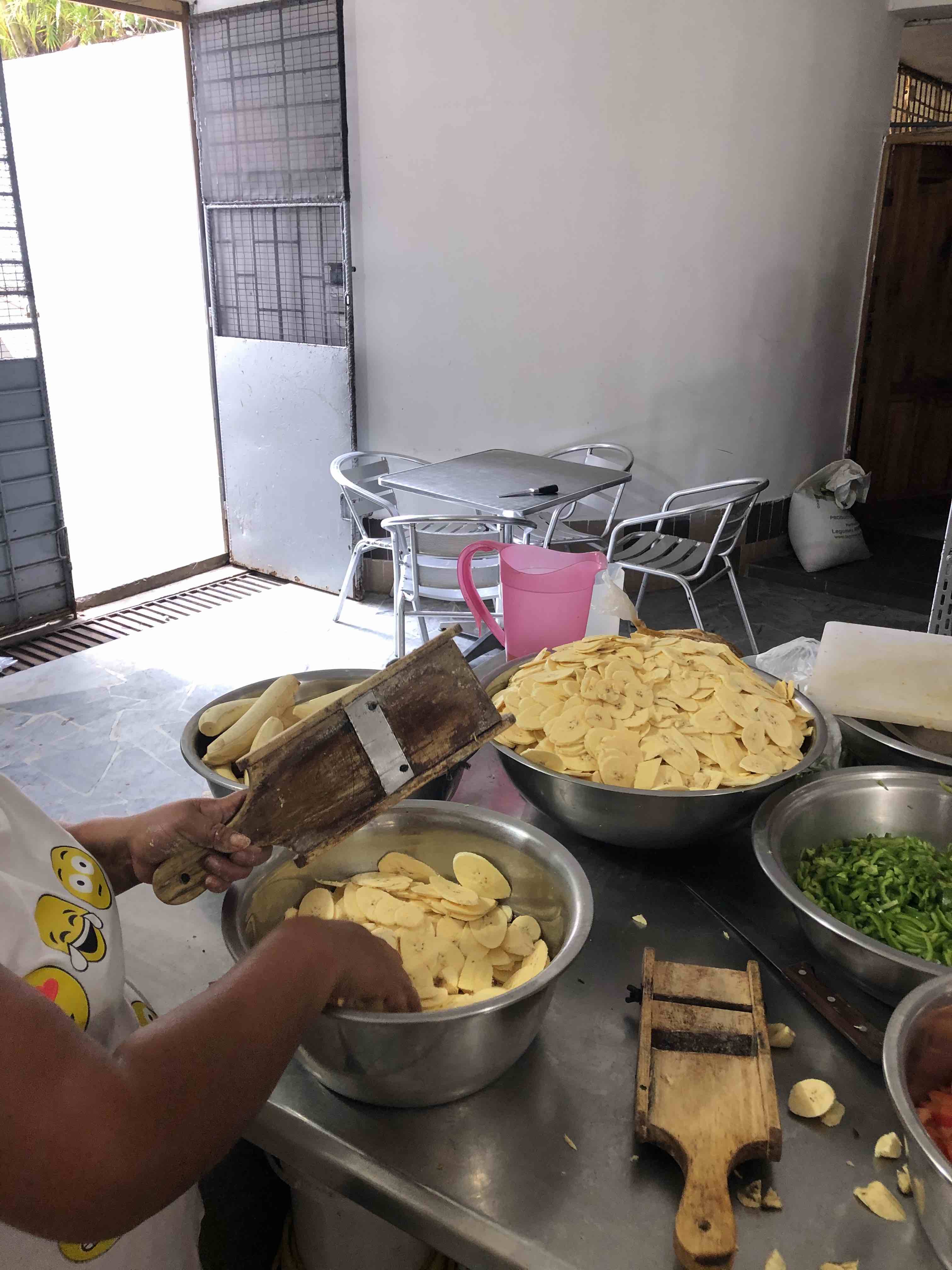
7. Fry plaintains to form chifles
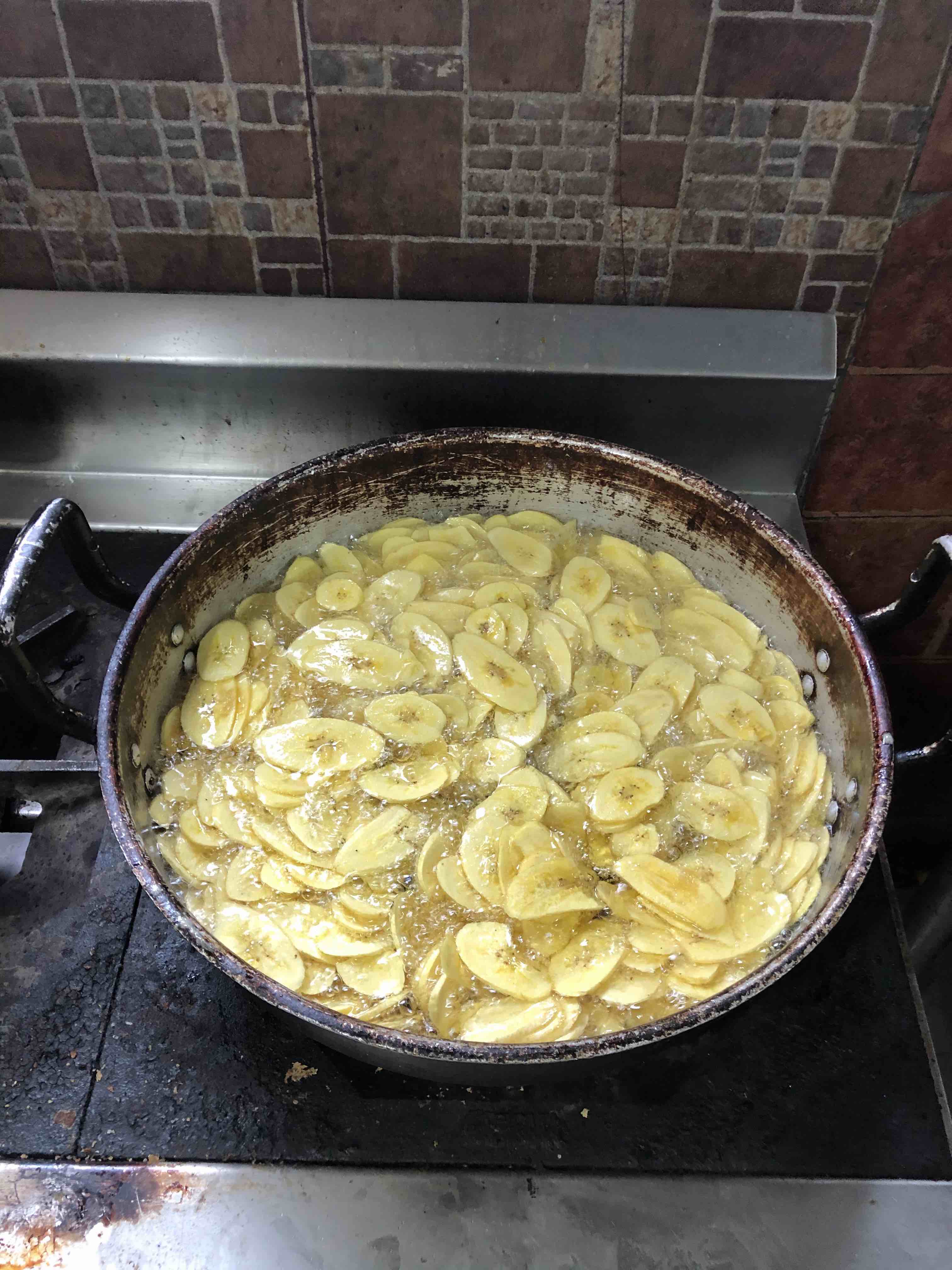
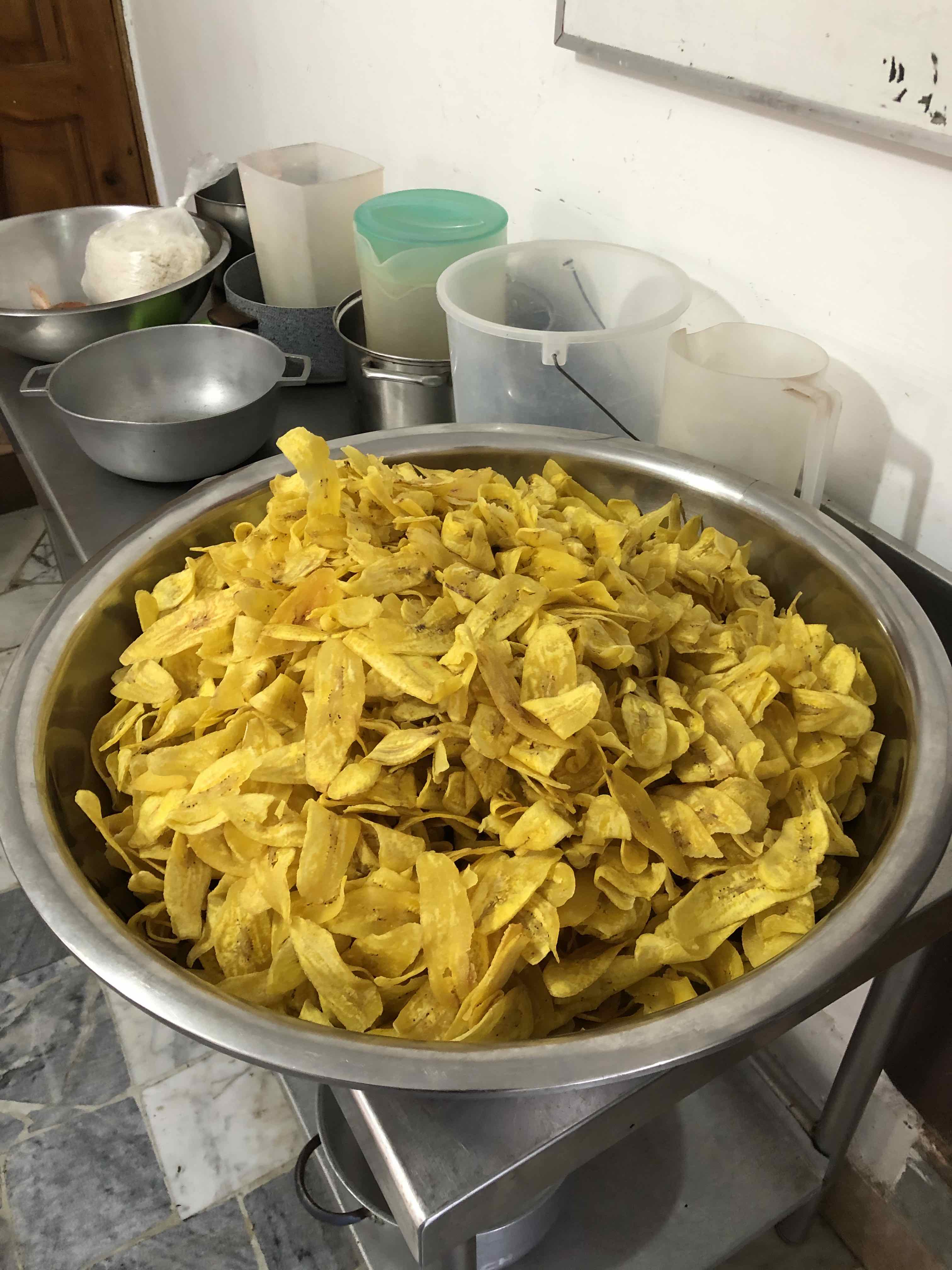
8. Garnish with pickled onions. Buen provecho!




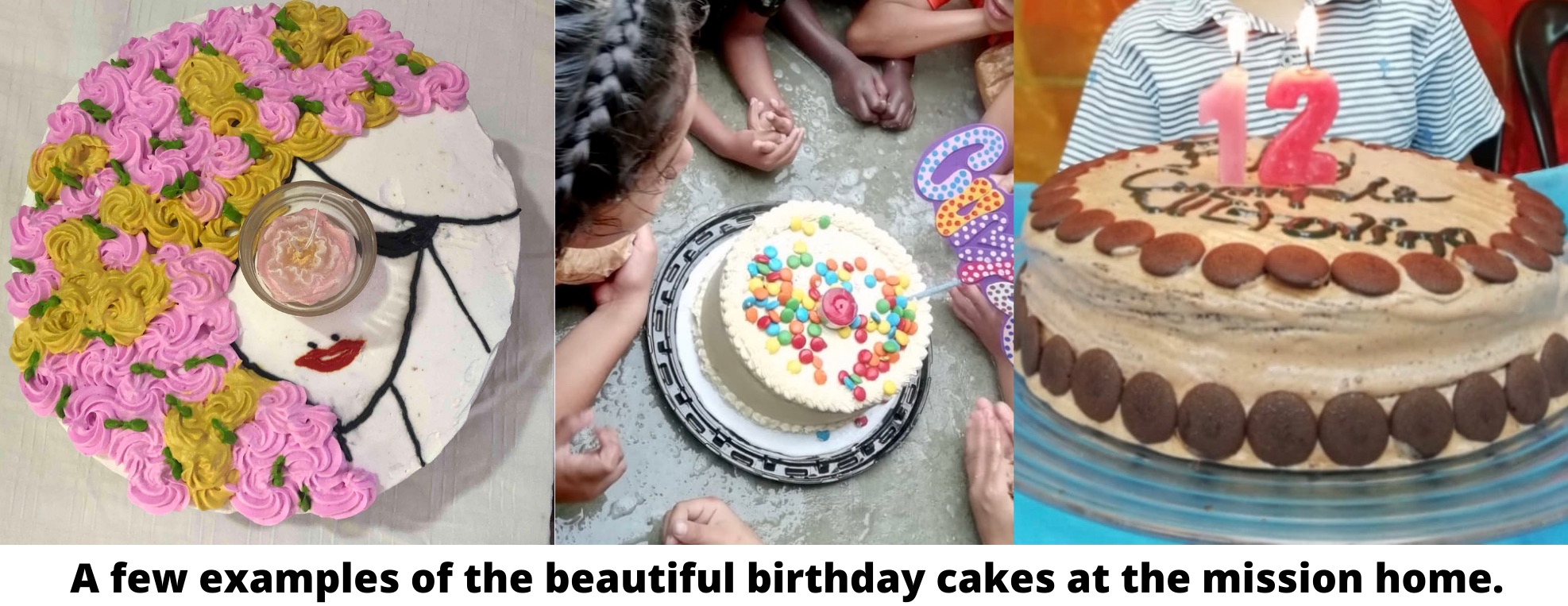

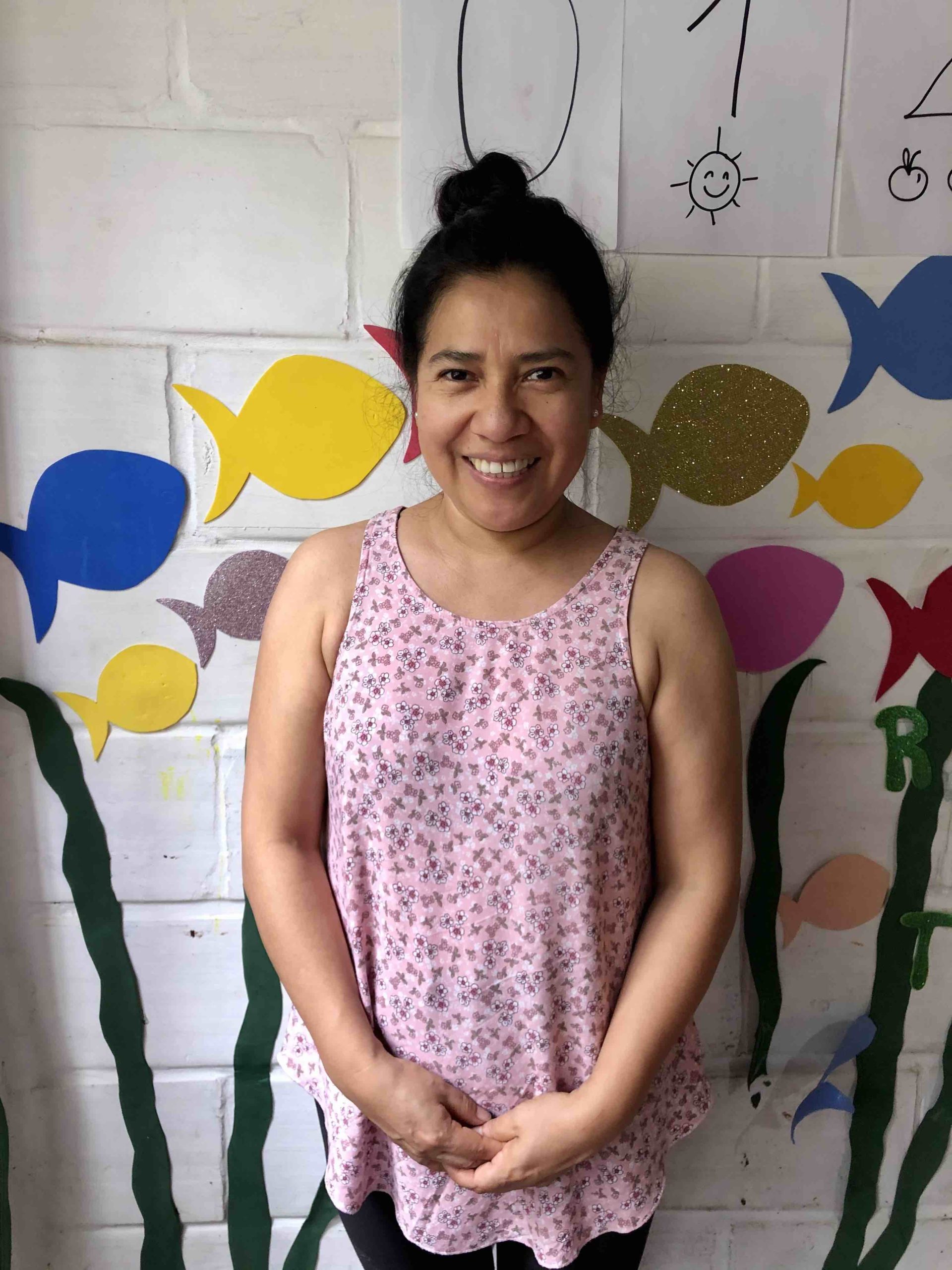
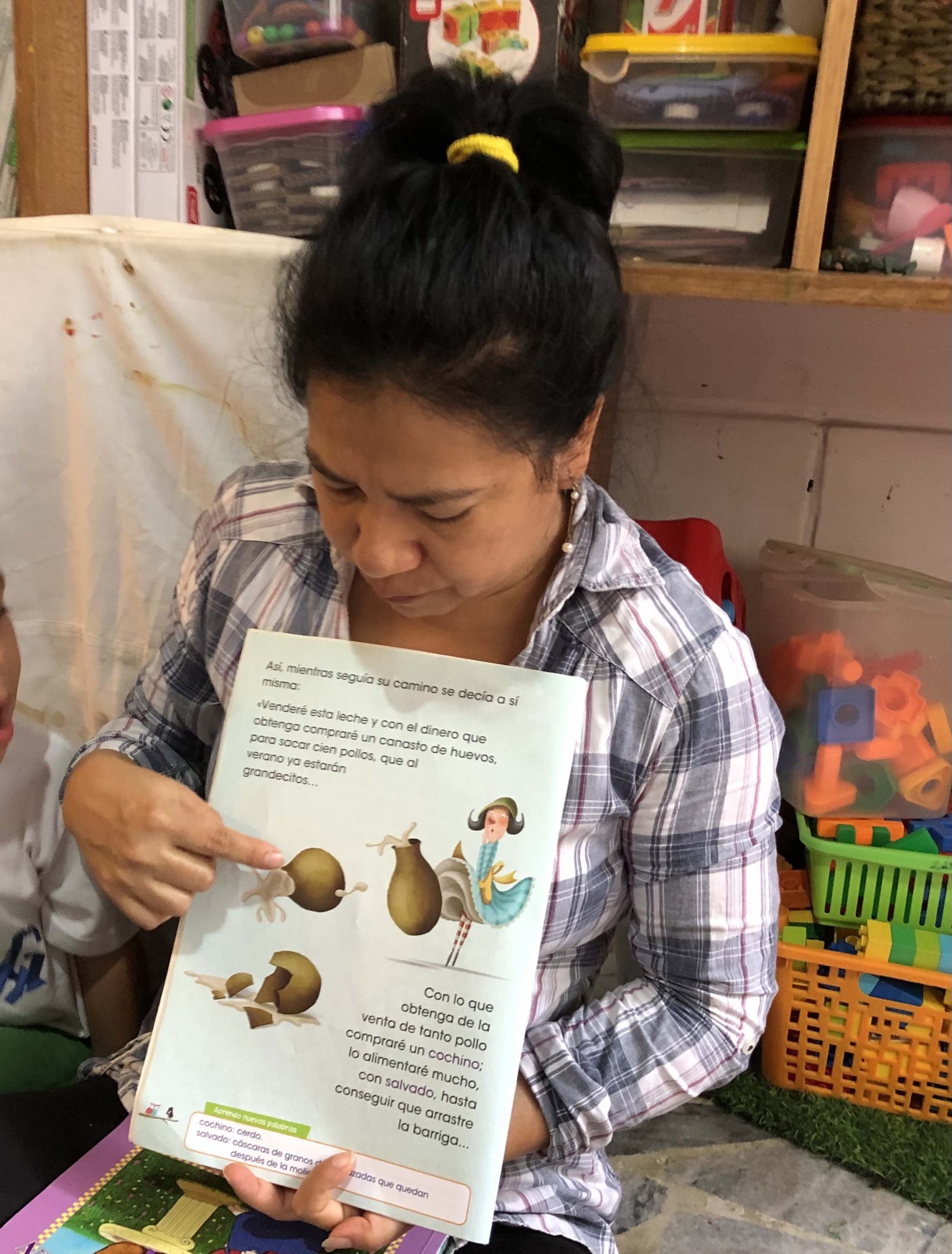

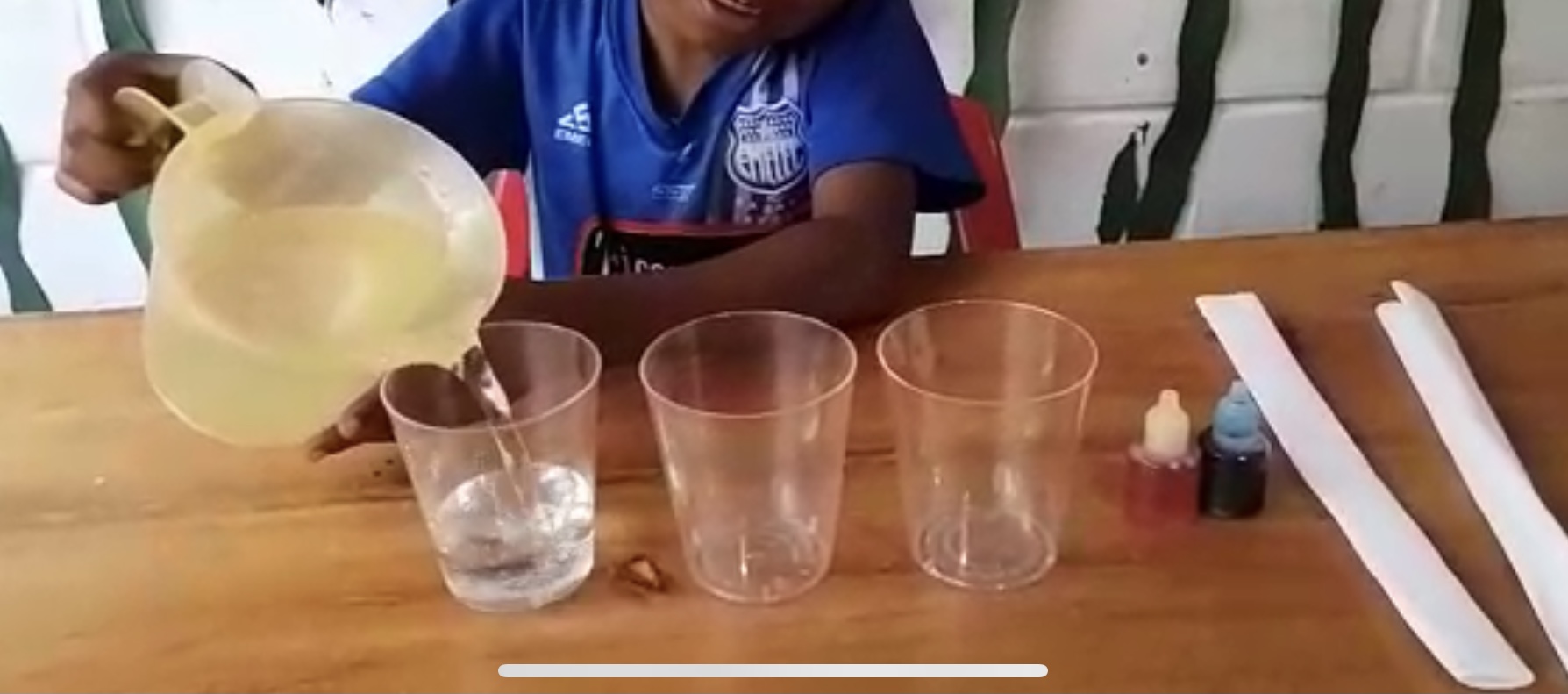

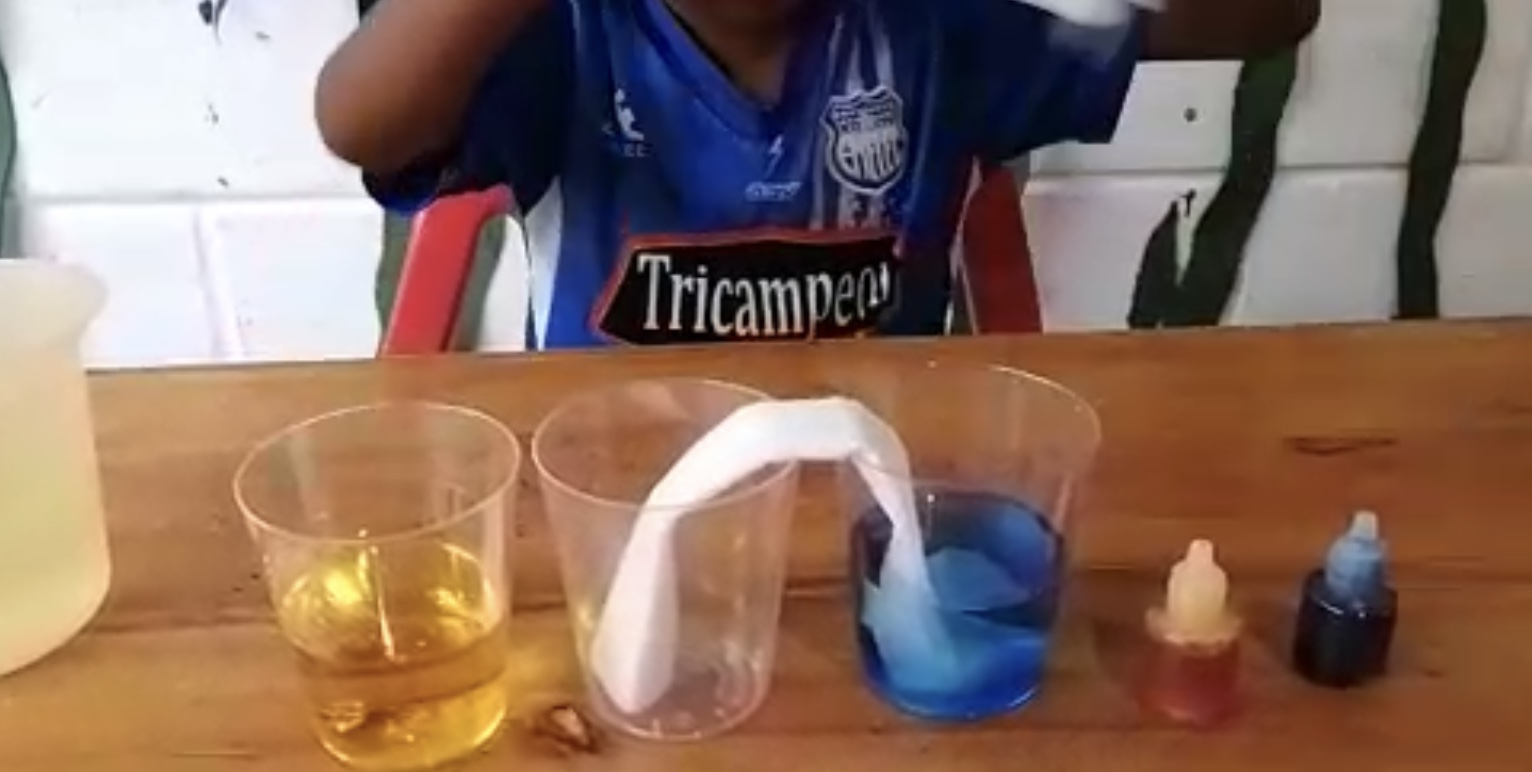
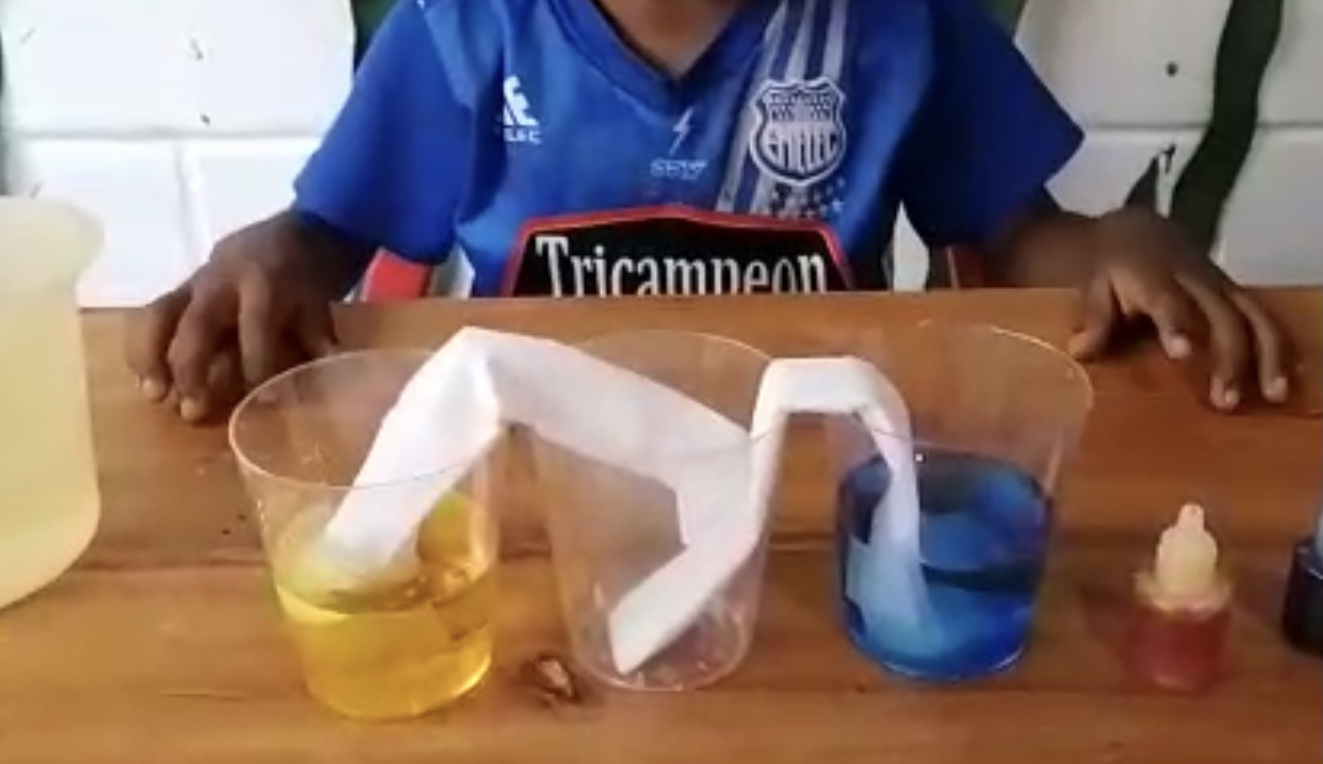
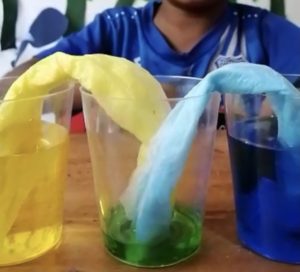

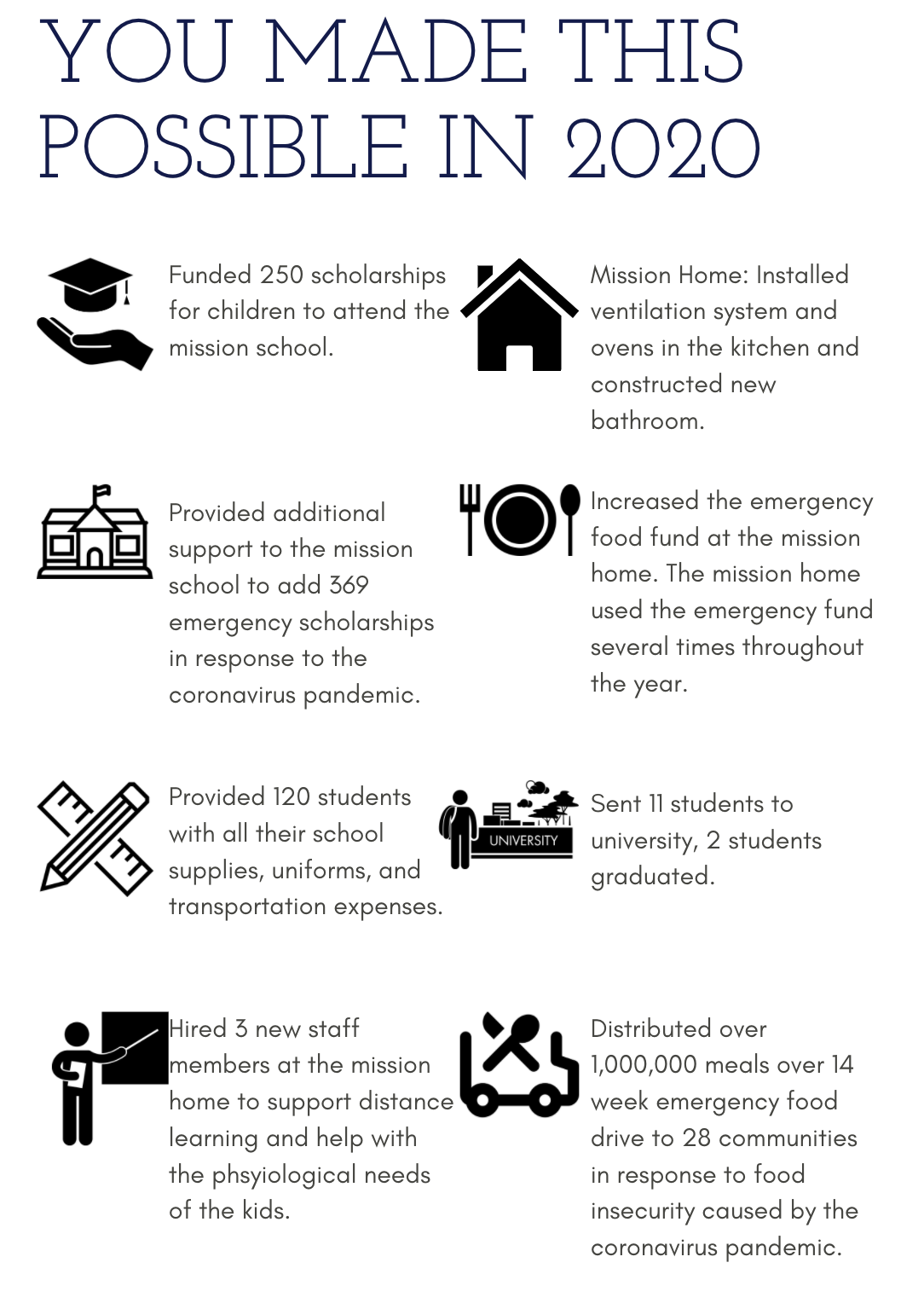
Recent Comments